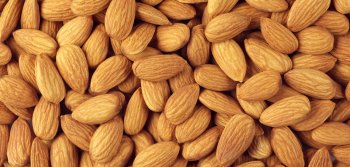
The funding – which complements a further $9.8 million from Hort Innovation, the Almond Board of Australia and the South Australian, Victoria and New South Wales governments – will facilitate a four-year program that will result in higher density, shorter nut trees, with high, quality yields.
Hort Innovation Chief Executive Officer, John Lloyd, said the Corporation worked closely with industry on the project scope, which involves advanced water and nutrient management techniques, applied through trials on almond and walnut crops.
The project will investigate the whole gamut of crop production techniques, from the beginning of the crop planting process, through to production to harvesting with economic modelling and regular communication to industry.
Key areas of research include:
- Identification of the ideal soil in which to establish a crop;
- Improved water and fertiliser regimes
- Advanced tree architecture for light interception as a function of tree density;
- Orchard floor and husk waste management technologies;
- Efficiency of ‘shake and catch’ harvesting technologies, and possible alternatives;
- Climate change risk and reduced impacts of extreme weather events;
- Establishment and demonstration of the research with ultra-high density plantings of all temperate nut crops.
Hort Innovation says it will continue to actively seek investment outside of levy funding to drive employment, farmgate returns and market access across all facets of the horticulture industry.
For more information on Rural Research and Development for Profit, go to the programme website.



 Classifieds
Classifieds

